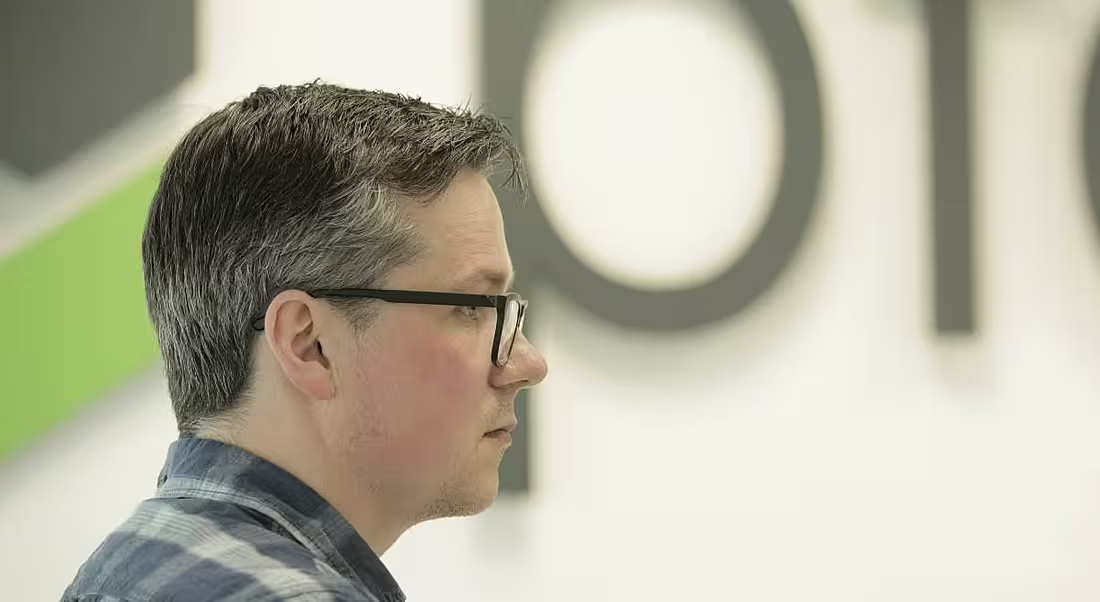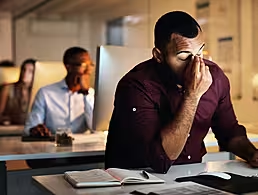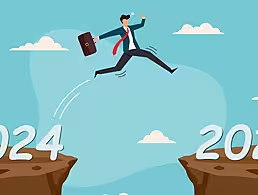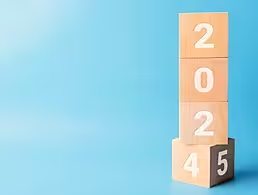While PTC has a history spanning 30 years, its Dublin office is relatively new. So, what does a working day look like there?
PTC is a global technology provider of the leading internet of things (IoT) and augmented reality platforms. These platforms are then used to transform how companies create, operate and service products.
In 1988, it was the first to market with parametric, associative feature-based, solid modelling software.
Over the years, PTC has acquired a number of leading technologies, including ThingWorx in 2014, making the former a major player in the realm of IoT.
Martin Byrne is the group lead of ThingWorx cloud services at PTC in Dublin. Despite its legacy of more than 30 years, PTC only set up in Dublin within the last year.
When the company first announced the R&D centre in the Irish capital, it revealed plans to create 50 jobs by the end of 2018.
“It’s a great opportunity to come in at such an early stage to build the cloud platform that PTC around the world will use for all its technologies in the future,” said Byrne. “The office here in Dublin is building a cloud-based microservice architecture for PTC.”
ThingWorx is the only enterprise-ready platform that enables innovators to rapidly develop and deploy smart, connected solutions for IoT.
Byrne said building this microservice architecture brings a lot of challenges and his typical day involves solving these challenges, discussing and designing the architecture, and collaborating with teams in Dublin and around the world.
“PTC is a large multinational company with a lot of products and a lot of different businesses,” he said. “One of the hardest parts of the day is understanding these different technologies and businesses, how they interact with each other, how these business domains operate, and how the work we do here in the Dublin office can benefit these different technologies and businesses.”
When it comes to his working day, Byrne said it’s important to take regular breaks, “even if it’s just five minutes to go for a walk outside”.
Byrne also said he uses the first half hour of his day to go through emails, schedule meetings and catch up with his team. “I have a weekly to-do list to try and keep on top of tasks and prioritise different tasks.”




